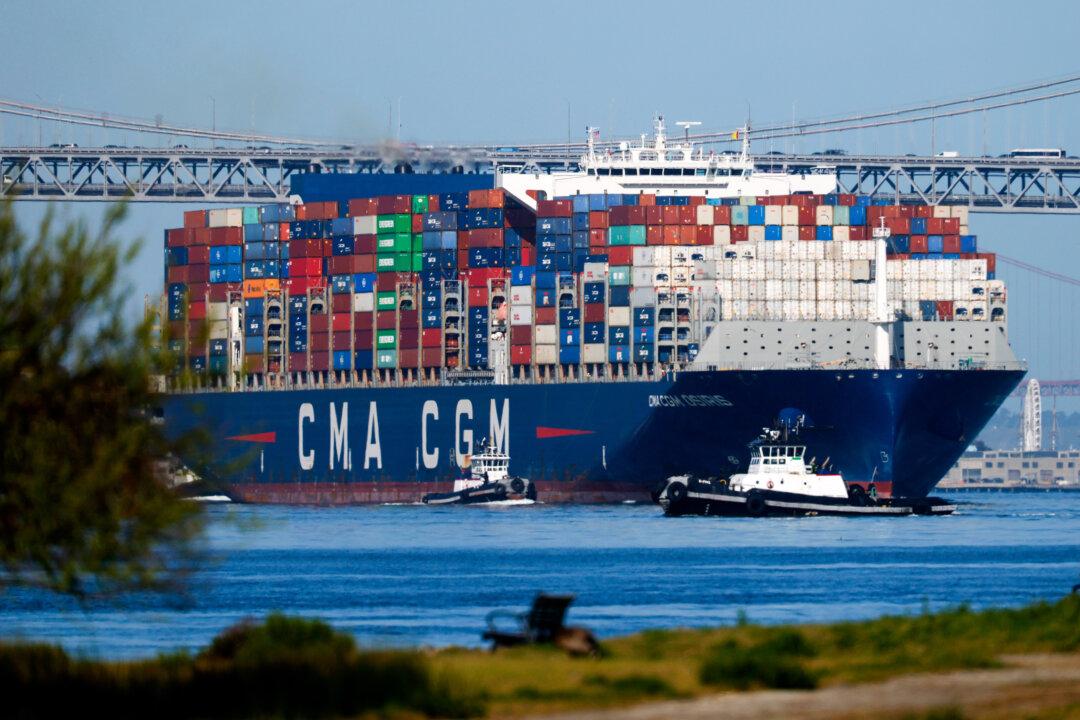WASHINGTON—An analyst with the operative firm tapped by Hillary Clinton’s campaign ahead of the 2016 presidential election detailed on May 18 the effort to get media outlets to publish stories on sketchy claims about Donald Trump, Clinton’s rival for the presidency.
Laura Seago, an analyst with Fusion GPS, recounted meeting with Franklin Foer, then with Slate, in 2016 about the claims, which alleged a secret link between Trump’s business and a Russian bank.
“We certainly hoped he would publish an article,” Seago said on the stand in federal court in Washington.
Seago was testifying during the trial of Michael Sussmann, a lawyer with Perkins Coie who represented Clinton’s campaign.
The meeting involved Seago, Foer, Fusion co-founder Peter Fritsch, and Fusion analyst Jake Berkowitz and lasted about an hour. Seago described it as a “verbal briefing” on the claims, which were developed by Sussmann client Rodney Joffe with the assistance of others. Seago said she was asked to attend “to explain the technical aspects of these allegations in lay terms that a journalist like Mr. Foer would understand.”
Foer ended up publishing a story on Oct. 31, 2016, that asked: “Was a Trump Server Communicating With Russia?” He cited anonymous sources in alleging that there was “a sustained relationship between a server registered to The Trump Organization and two servers registered to an entity called Alfa Bank.”
Those same claims were presented to the FBI by Sussmann at the behest of Joffe and Clinton’s campaign in September 2016, according to federal prosecutors. Sussmann is on trial for allegedly lying to the FBI when he said he was providing the information on his own accord.
Fusion also helped compile the dossier primarily created by ex-British spy Christopher Steele, which was rife with unsubstantiated claims.
Seago told the court that she wasn’t part of other meetings with reporters, but that she knew her bosses “wanted to get an article” published in The New York Times about The Trump Organization–Russian bank allegations.
On the same day Foer’s piece ran, a story in The New York Times reported that the FBI had examined the claims and determined that there could be an innocuous explanation for the apparent communications between Trump’s business and Alfa Bank.
Seago said she speaks occasionally with reporters on background for stories but didn’t leak any information about the FBI probe of the Trump–Russia claims because she was unaware of such an investigation.
Seago’s role was to use open-source resources to analyze the allegations in addition to translating technical data to her colleagues and others so they could understand them. She said she first learned of The Trump Organization–Alfa-Bank claims at a meeting on Aug. 29, 2016, that included Fritsch, Clinton campaign counsel Marc Elias, Sussmann, and Joffe.
“The general purpose was to discuss allegations of communications between The Trump Organization and Alfa-Bank,” Seago said.
She said had never heard about the allegations before the meeting.
Prosecutors had described Seago as “a core witness that can talk to the relationships between Fusion, between Mr. Joffe, HFA, and Mr. Sussmann,” with HFA referring to Clinton’s campaign. In an earlier hearing, U.S. Attorney Jonathan Algor said Seago’s testimony would touch on “how Fusion GPS and HFA were ... intertwined.”
The Clinton campaign and the Democratic National Committee paid Fusion through Perkins Coie to conduct opposition research on Trump and his campaign.






